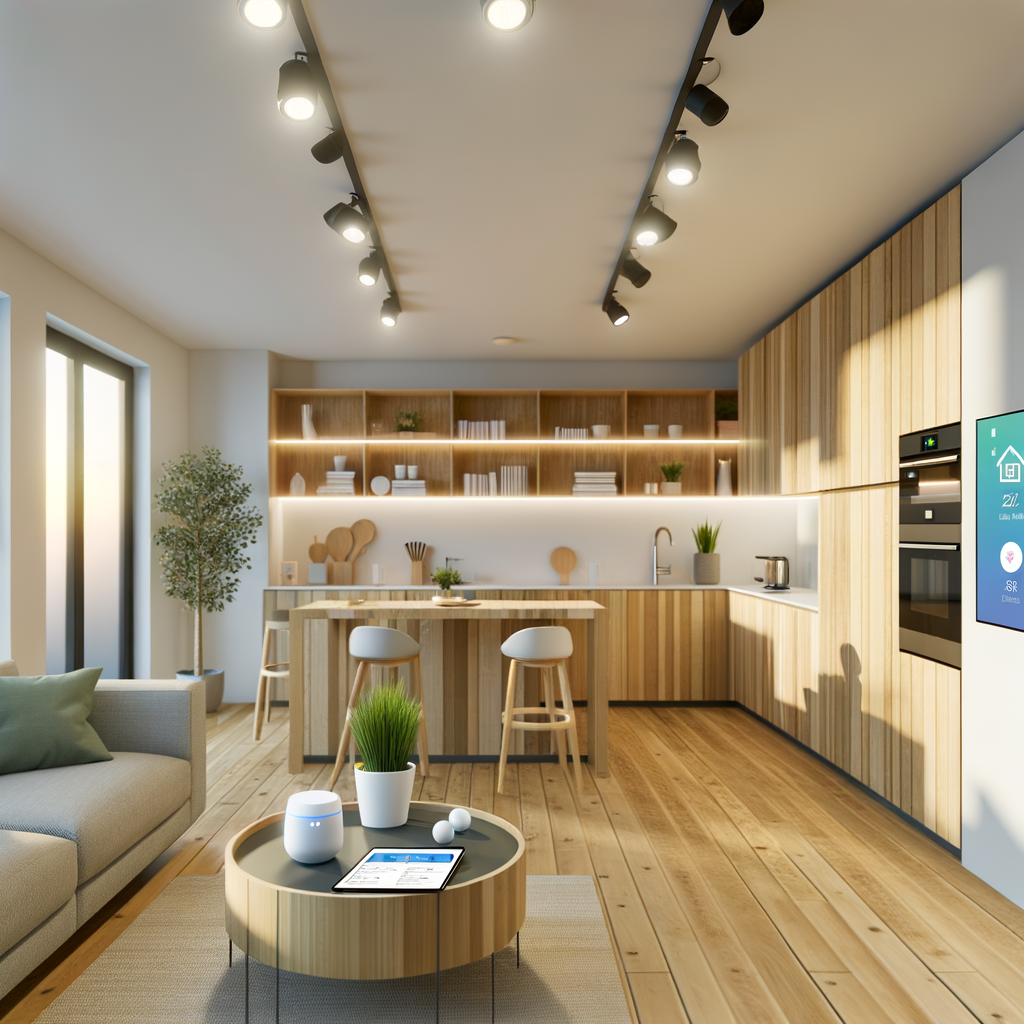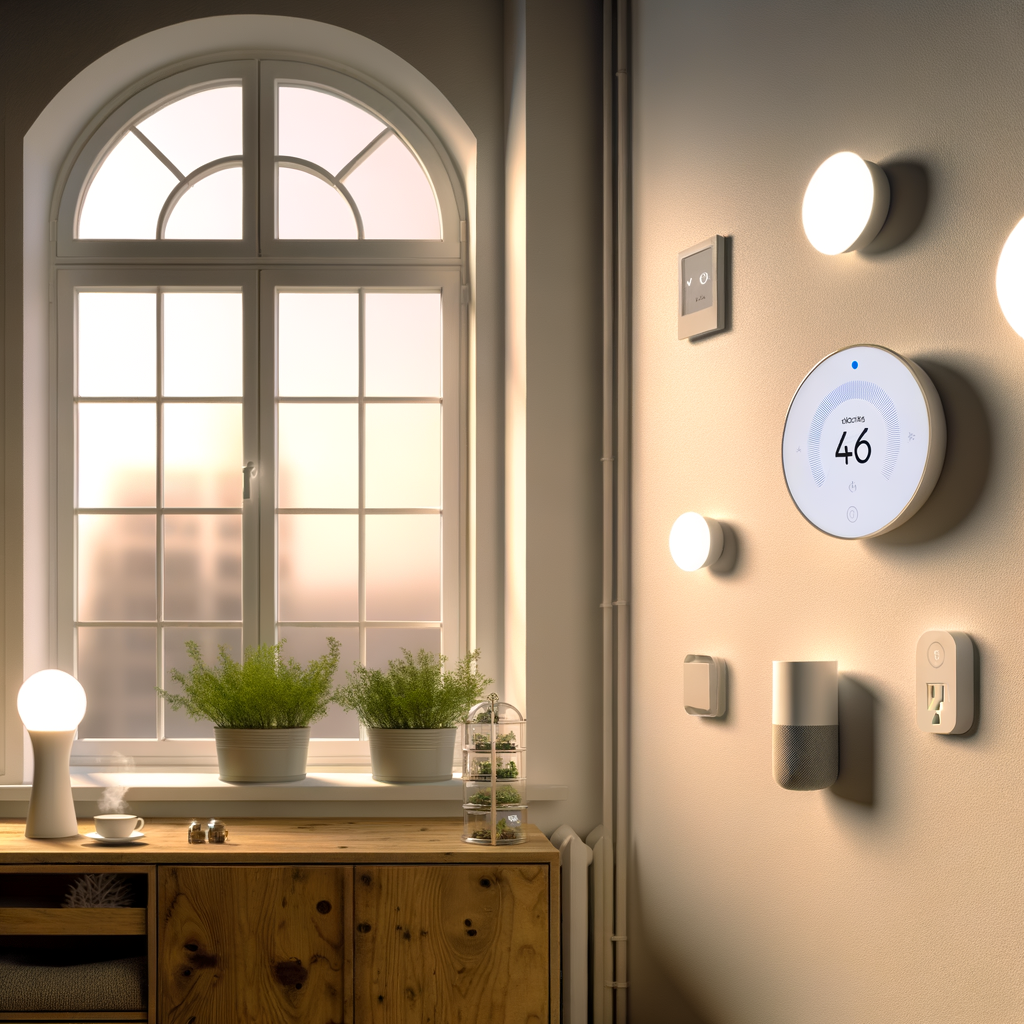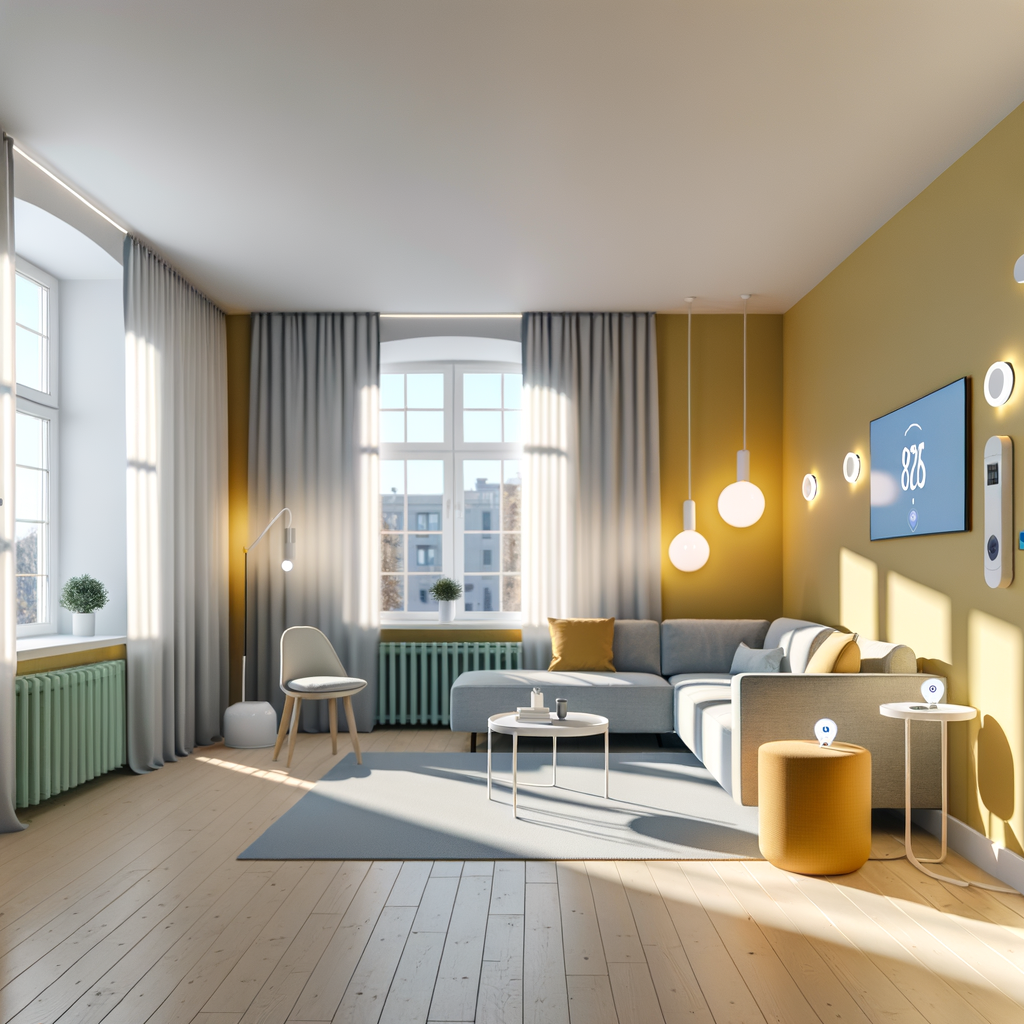Myth-Busting Smart Homes: 7 Eco-Tech Misconceptions Renters Should Stop Believing
Thinking about a smarter, greener home but held back by myths and rumors? You’re not alone. Renters often assume smart home tech is expensive, disruptive, or just not for them. In reality, eco-friendly smart solutions are more accessible than ever—and they can boost your comfort, lower bills, and reduce your carbon footprint.
Let’s break down the 7 most common smart home myths that might be holding you back. We’ll give you actionable advice, practical renter-friendly tips, and product suggestions to start your smart sustainability journey today.
1. Myth: Smart Home Tech Is Too Expensive for Renters
What People Say
“Smart home systems cost a fortune. I can’t justify it when I’m only renting.”
The Truth
Smart tech is now more affordable than ever. You don’t need a top-to-bottom automation overhaul to see benefits. There are plenty of budget-friendly devices perfect for renters:
- Smart plugs: Let you control lamps, fans, and small appliances from your phone. Many start under $20.
- Smart bulbs: Energy-efficient LED bulbs with app or voice control from $10 apiece.
- Compact thermostats and sensors: Many are simple to install and can be moved when you relocate.
Energy and water savings can quickly add up. Lower utility bills help offset the initial cost, and efficient devices use less energy, lowering your carbon footprint.
Actionable Advice
- Start small with a few smart plugs or bulbs. Add more as your budget allows.
- Look for devices offering bundled discounts or multipacks.
- Ask your landlord about rebates. Some utilities offer incentives for installing energy-saving devices—even in rentals.
2. Myth: Smart Home Upgrades Aren’t Allowed in Rentals
What People Say
“My lease won’t allow modifications or rewiring, so smart upgrades are off limits.”
The Truth
Most smart devices are designed to be renter-friendly and non-permanent. Trusted brands now offer dozens of solutions that don’t require drilling, rewiring, or permanent installation:
- Plug-and-play devices: Smart plugs, bulbs, air quality monitors, and speakers are as easy to remove as they are to install.
- Wireless sensors: Door, window, and motion sensors use adhesive strips instead of screws.
- Retrofit devices: Products like smart thermostat covers and locks fit right over existing hardware.
Actionable Advice
- Always check your lease before making changes, but know that most portable smart devices are low-risk.
- If in doubt, choose devices that **require no drilling or wiring**.
- Keep the original packaging to reinstall devices at your next home.
3. Myth: Smart Devices Waste More Energy than They Save
What People Say
“If everything’s always connected, won’t it just use more power?”
The Truth
Modern smart home devices are optimized for efficiency. Devices like smart thermostats, lighting, and plugs give you greater control over energy use:
- Thermostats: Can learn your schedule and automatically lower temperatures while you’re away, saving up to 10% on heating and cooling costs annually.
- Lighting: Set custom schedules or automate lights to only run when needed.
- “Phantom load” management: Smart plugs can turn off standby electronics when not in use, tackling the hidden energy drain many renters ignore.
Actionable Advice
- Use the device’s scheduling and automation tools for maximum savings.
- Monitor your power usage with energy data tracking features available on many smart plugs and bulbs.
- Unplug devices or use smart outlets to cut power to unused appliances and chargers.
4. Myth: Smart Home Tech Is Hard to Set Up
What People Say
“I’m not tech-savvy, so setting up all these gadgets is way too complicated.”
The Truth
Smart home devices are designed for DIY installation—even for total beginners. Today’s products feature simple apps with step-by-step walk-throughs. Most renters can set up a suite of smart devices in under an hour.
- Pair with your phone via Bluetooth or Wi-Fi.
- Use QR codes or guided setup tools in companion apps.
- Integrate with smart assistants like Alexa, Google Assistant, or Siri for seamless voice control.
Actionable Advice
- Select products with customer support and video guides.
- Join online smart home communities for troubleshooting tips.
- Stick with the same brand or ecosystem for a more straightforward setup experience.
5. Myth: You Need a Hub or Smart Home Central System
What People Say
“I’ll need to buy a separate hub and a bunch of equipment just to make things work together.”
The Truth
Many modern smart devices work independently using only Wi-Fi or Bluetooth—no hub required. Hubs can simplify complex automations, but many renters get by perfectly fine without them.
- Wi-Fi or app-based setup: Most popular energy-saving plugs, bulbs, and thermostats work right out of the box with your smartphone.
- Voice assistants: Just link devices to your Amazon Echo or Google Home without extra hardware.
Actionable Advice
- Choose products labeled “works with Alexa/Google Assistant/Siri” for maximum compatibility.
- Use direct app control for essential functions if you’re not interested in voice assistants.
- If needed later, invest in a hub for more advanced routines or if you want to connect dozens of devices.
6. Myth: Smart Tech Only Benefits Homeowners
What People Say
“It’s a waste for renters. Only homeowners can justify investing in smart upgrades.”
The Truth
Renters have just as much to gain—sometimes more. Since renters may be less able to control major systems, adding plug-and-play tech offers flexibility and personalization.
- Control comfort levels without replacing existing infrastructure.
- Monitor utilities and air quality in older apartments where efficiency may be lacking.
- Take your tech with you when you move, so your investment follows you from lease to lease.
Actionable Advice
- Look for easy-install, non-permanent devices designed specifically for renters.
- Invest in products that can be expanded and reconfigured as your living situation changes.
- Consider sharing smart tech with roommates for collective energy and cost savings.
7. Myth: Smart Home Devices Aren’t Eco-Friendly
What People Say
“How green is a device if it still runs on electricity and contains plastics or electronics?”
The Truth
When used intentionally, smart devices are powerful tools for sustainability. Many manufacturers now prioritize eco-conscious design:
- Low-energy operation: Most smart bulbs and plugs draw minimal power—often less than a nightlight when on standby.
- Recyclable components: Many brands use sustainable materials and offer recycling programs for old products.
- Precision control: Smart devices target energy or water use only when needed, drastically cutting waste over time.
The EPA and Consumer Reports both cite smart thermostats and lighting among the top “green gadgets” for efficient homes—including rentals. With the right settings and a mindful approach, these tools can make a measurable environmental difference




